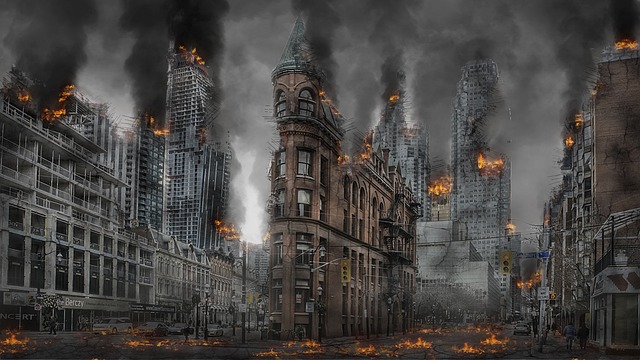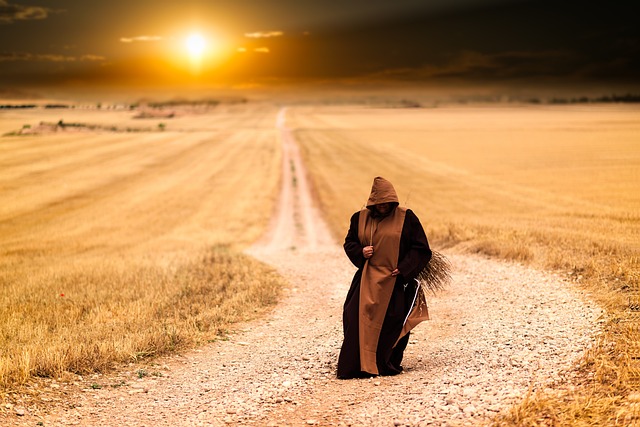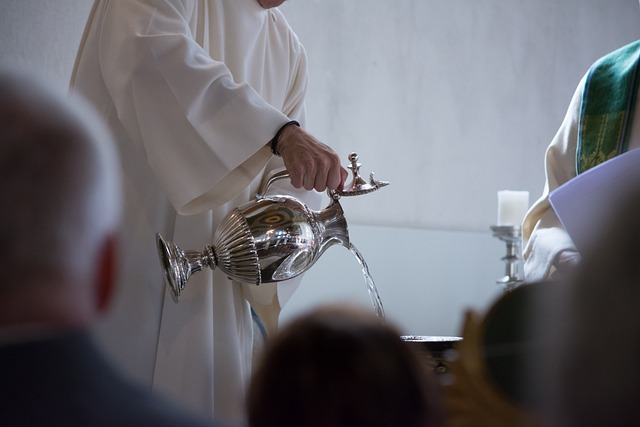The End is Near: Exploring Ancient Rituals of Apocalypse in Religion
The concept of the apocalypse has long been a profound aspect of human spirituality. For centuries, the idea of an impending end has both terrified and fascinated us, driving countless cultures to devise intricate rituals that are meant to prepare for, avert, or even understand this cataclysmic event. From the sacred texts of ancient religions to contemporary interpretations, the rituals surrounding the apocalypse reveal much about our fears, hopes, and the existential questions that plague us.
In many religious traditions, the apocalypse is not merely about destruction; it symbolizes transformation and renewal. The biblical Book of Revelation, for instance, paints a dramatic picture of the end times, complete with angels, beasts, and the final judgement. However, it also promises rebirth and the ultimate triumph of good over evil. This duality prompts believers to engage in rituals that align themselves with divine will, seeking salvation and a place in the new world to come.
Ancient Mesopotamian civilizations had their own take on the apocalypse, often depicted in their mythologies. The Sumerian tale of Gilgamesh addresses the inevitability of death and the search for immortality, while also acknowledging the Earth’s cyclical nature. Their rituals included processions and offerings, intended to appease deities and ensure a balanced relationship between humanity and the cosmos, underpinning their understanding of an inevitable end that must be embraced with reverence.
Mayan civilization is another poignant illustration of apocalyptic belief systems, manifesting through their calendar systems and rituals. They anticipated a cyclical end of ages, a perspective that infused their society with urgency to perform elaborate ceremonies to stave off chaos. The infamous 2012 phenomenon, which suggested the end of the Mayan calendar, reignited global interest in their apocalyptic narratives, demonstrating how these ancient beliefs still resonate today and elicit both fear and curiosity.
In Eastern traditions, the concept of apocalypse often revolves around the idea of enlightenment rather than mere destruction. In Hinduism, the cycle of creation and destruction is represented in the dance of Shiva, symbolizing the cosmic cycles of creation, preservation, and dissolution. Rituals involving meditation and puja transcend the fear of endings, instead fostering a deep sense of connection with the universe and a recognition of life’s impermanence.
Furthermore, apocalyptic themes appear in the modern spiritual landscape, where individuals seek meaning in chaotic times. Contemporary movements often draw upon ancient rituals, adapting them to our current context. From meditative practices aimed at personal transformation to collective gatherings focused on healing the planet, these rituals highlight humanity’s resilience in the face of uncertainty about the future.
As we navigate through our own tumultuous times, the echoes of these ancient rituals remind us of our shared human experience. The fear of the apocalypse may seem daunting, yet these traditions offer a framework for survival and understanding. They encourage introspection and collective action, urging us not just to anticipate an end, but to celebrate the cycle of existence and the relationships we foster with one another and the world around us.
Exploring these rich histories and the rituals associated with them can serve as a powerful antidote to the existential dread that the apocalypse often brings. It highlights our intrinsic need to mark significant transitions and manage our fears, underscoring the importance of community, faith, and our unyielding quest for meaning in the face of the unknown.



